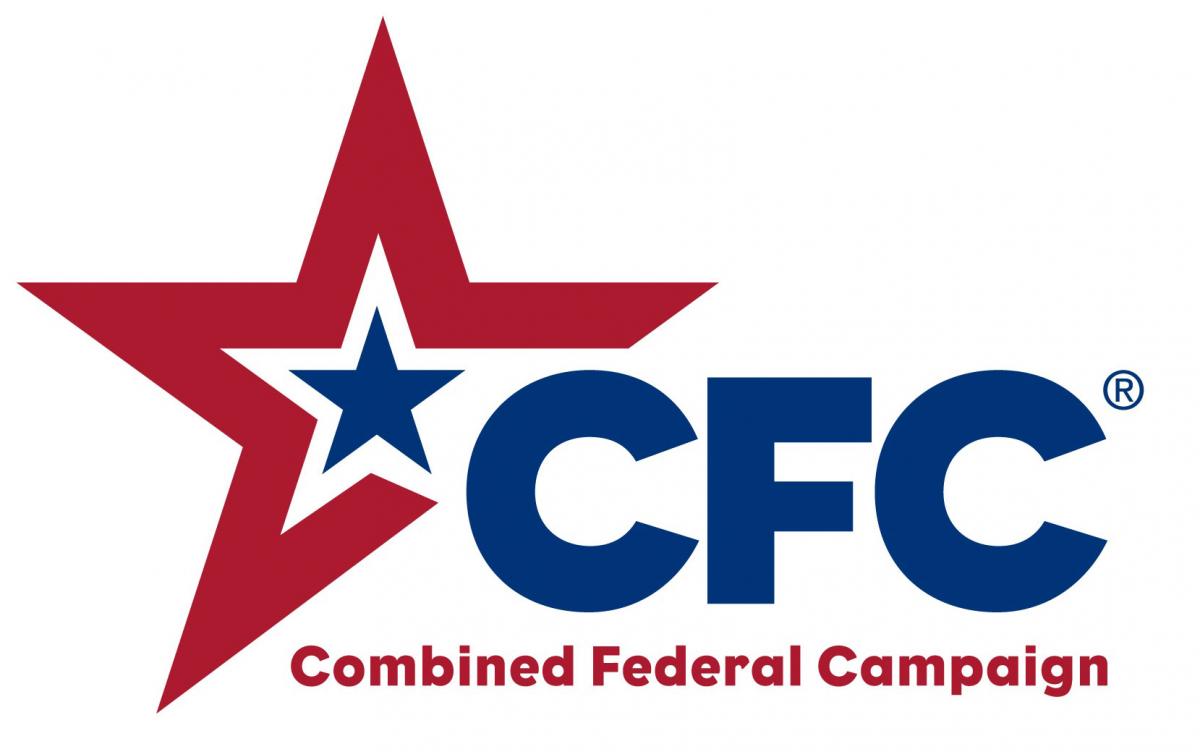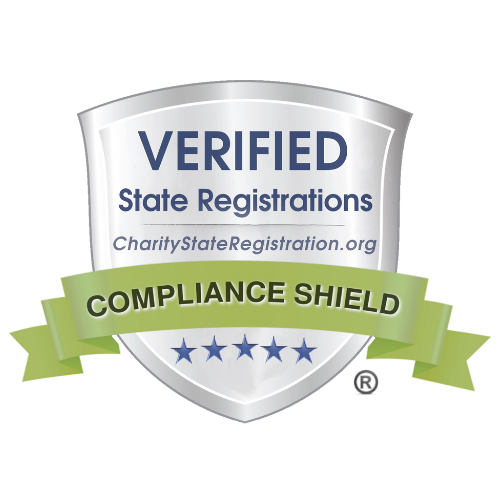The Five Most Common Mistakes in Completing the I-864
Last Updated
Even though the current affidavit of support rules were implemented almost 20 years ago, and practitioners have been operating with final regulations for the last nine years, CLINIC continues to experience a steady stream of questions and requests for assistance from affiliates attempting to complete the I-864. The National Visa Center (NVC) has also increased its scrutiny and changed its internal policies, which has resulted in more Requests for Evidence. This article will attempt to address some of the most common situations that result in RFEs and will hopefully serve as a basic guide to completing the form.
#1. It is anticipated income, not what the sponsor paid in taxes last year.
The I-864 in Part 6, line 5, asks the sponsor to indicate his or her “current individual annual income.” This phrase is key and every word is significant. “Current” means what he or she anticipates earning this calendar year. That may be easy to calculate in December, but more difficult early in the year. So be prepared to ask your client for proof of what he or she is currently earning and likely to have earned by the end of the year. “Individual” means only report what the sponsor himself or herself is planning to earn, not what the sponsor and his/her spouse are earning jointly. “Annual” means what the sponsor is likely to earn this year. This figure, supplemented with any additional household members’ income on Part 6, line 10, will determine if the sponsor’s income is sufficient for his or her household size. If the anticipated income is more than they paid taxes on last year, then include proof to support your estimate, such as pay stubs and a letter from their employer. Finally, “income” includes both taxable and nontaxable income, including certain federal or state benefits. For example, include social security retirement or disability, as well as unemployment or workers compensation. But do not include Supplemental Security Income (SSI) for the aged, blind, or disabled, and do not include Temporary Assistance for Needy Children (TANF). In addition, do not include interest income.
#2. Put down exactly what the sponsor reported in taxes last year.
The I-864 in Part 6, line 13a-c, asks for the sponsor’s “total income…as reported on my federal tax returns for the most recent 3 years.” This is where you need to take the income reported on line 22 of last year’s 1040 and put that figure in line 13a. Don’t worry that this figure may be joint income and much higher than what was reported on line 5. It is just being used as a benchmark. A lot of practitioners over-think this question and try to indicate only what the sponsor earned last year. The NVC will return the I-864 if the reported income on the tax return is different from what is indicated in line 13a. If the sponsor needs the income of the spouse to satisfy the 125 percent of poverty requirement, then the spouse will complete an I-864A and will include his or her income on Part 6, line 6c. If the sponsor is self-employed, do not use gross income that is reported in Schedule C. Instead, use the adjusted gross income reported in line 22 of the 1040, after all deductions have been made.
#3. Calculate household size according to the regulations.
The rules are very specific as to who must be included in the household size. You must count the sponsor, the sponsor’s spouse (regardless of where the spouse is residing), the sponsor’s unmarried children under 21 (regardless of where they are residing), anyone counted as a dependent on the last tax return, the intending immigrant, and any derivatives who are accompanying the principal beneficiary. The term “accompanying” means they are immigrating at the same time or within six months of the principal beneficiary. So you can use this definition of the term to stagger the immigration of the spouse or derivative children if it is necessary to lower the household size. For example, if I am immigrating my brother, I do not have to include his wife and three children if they are going to immigrate more than six months after my brother. In fact, if my brother resides with me after immigrating, I can use his income when submitting an affidavit of support for his wife and children. The other thing to keep in mind is that you do not have to count as part of the household size anyone for whom you filed a separate I-130 petition. While you have to count them if they have already immigrated based on an I-864 you filed, you do not have to count them if they are immigrating together with the person you filed a separate petition. For example, if I am a U.S. citizen over 21 and I petitioned for both my parents, I only have to count the intending immigrant on whose behalf I am filing the I-864. So when completing the I-864 for my mother, my household size is two (assuming I am single and have no children). And when completing the I-864 for my father, who is immigrating with my mother, my household size is still two. This tends to confuse a lot of practitioners. Finally, do not include certain relatives (adult or married children, parents, siblings) who are residing with the sponsor unless they have income that is needed to satisfy the 125 percent of poverty requirement.
#4. Only include assets if income is insufficient.
It was originally thought that assets would play a key role in pushing the sponsor over the top. But in reality, assets are seldom used to satisfy the income requirement. Remember that they must be “significant” and able to be converted into cash within one year. This boils down to money in a bank account, stocks or bonds, and the value of any real estate. With housing values rebounding, this last alternative is the most popular. Although the agency’s policy is to require certified real estate appraisals, I have seen a lot of cases where the sponsor submitted one obtained from the Internet. Make sure you are only including the equity value and have factored in the loan amount. The value of the assets must be five times the shortfall in income, unless a U/S. citizen is sponsoring his/her spouse or minor child. In that case the assets must total only three times the shortfall. If using money in a bank account, submit records indicating that it has been on deposit for at least twelve months. If using the value of an automobile, it must be the second vehicle owned by the sponsor.
#5. Joint sponsors to the rescue!
The saving grace of the affidavit of support requirement is being able to use someone who does have sufficient income to sponsor the intending immigrant(s). This person could be anyone, provided they are an LPR or U.S. citizen, over 18, and domiciled in the United States. In fact, you can divide up the intending immigrants in such a way that one joint sponsor takes some while a second joint sponsor takes the rest. Whenever the petitioning sponsor requires a joint sponsor, however, his or her income becomes irrelevant. In other words, the petitioning sponsor, while still required to submit an I-864, is not able to sponsor any of the intending immigrants. Measure household size for the joint sponsor just as you would for the petitioning sponsor, and calculate income in the same manner. If you are assisting the joint sponsor in completing the I-864, that probably means that you have agreed to represent that person. This could become an issue should the sponsored immigrant want to enforce the affidavit of support. Enforcement actions typically do not involve joint sponsors and arise where there is dissolution of the marriage. But most joint sponsors want to know their potential liability under the contract.





